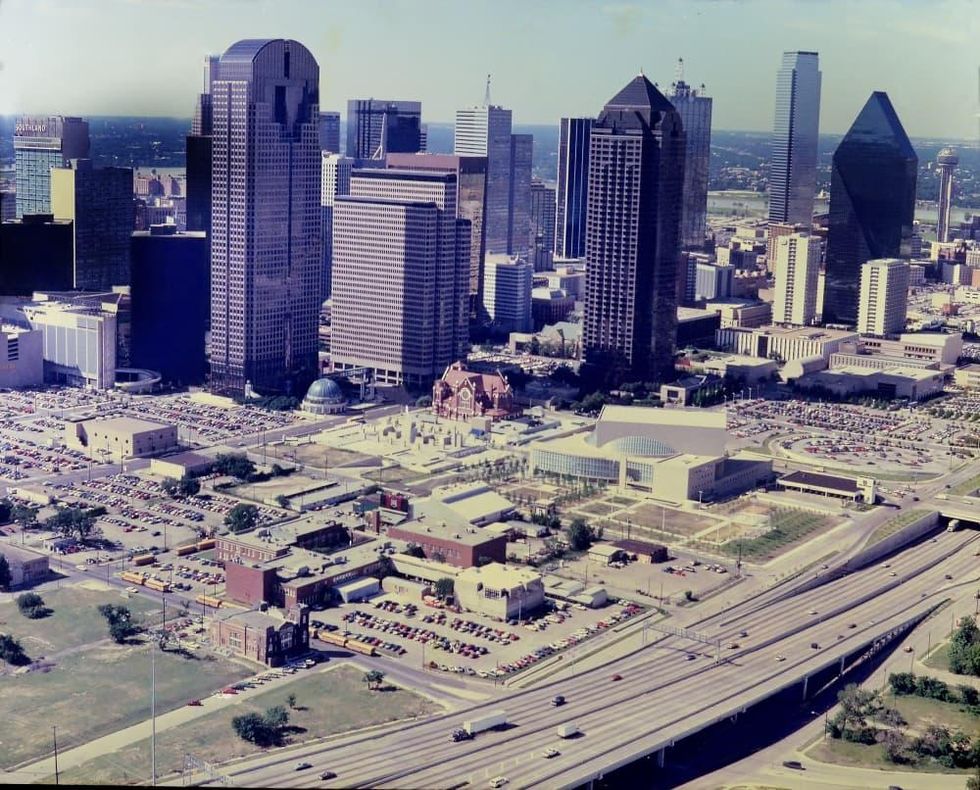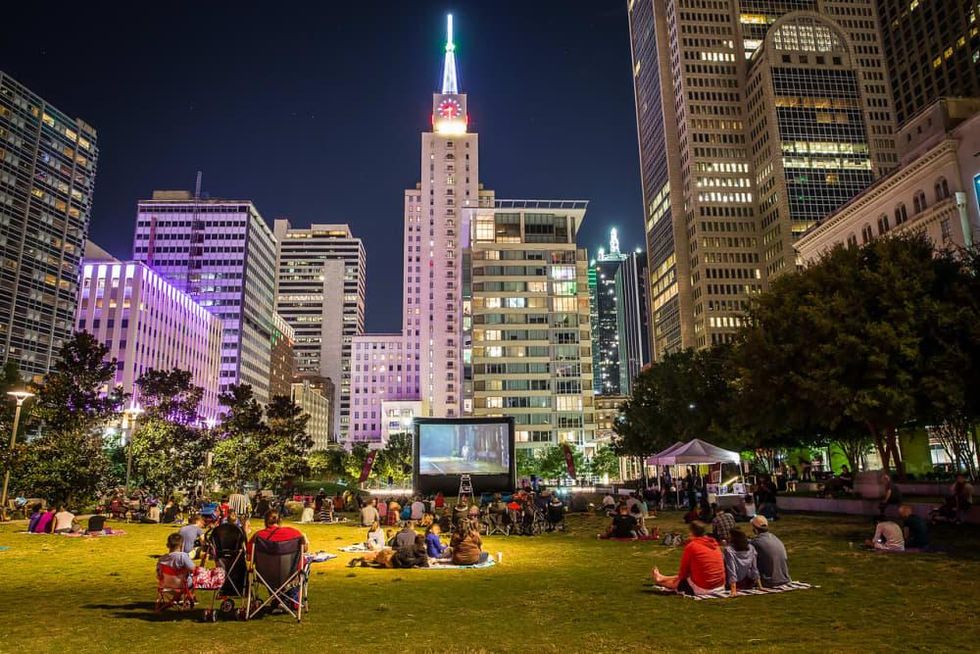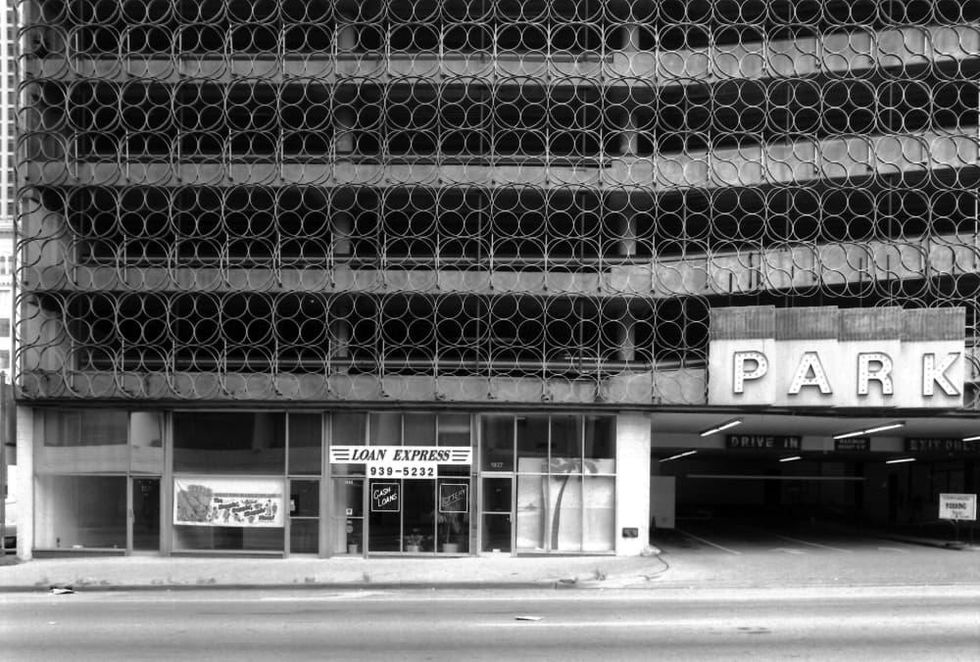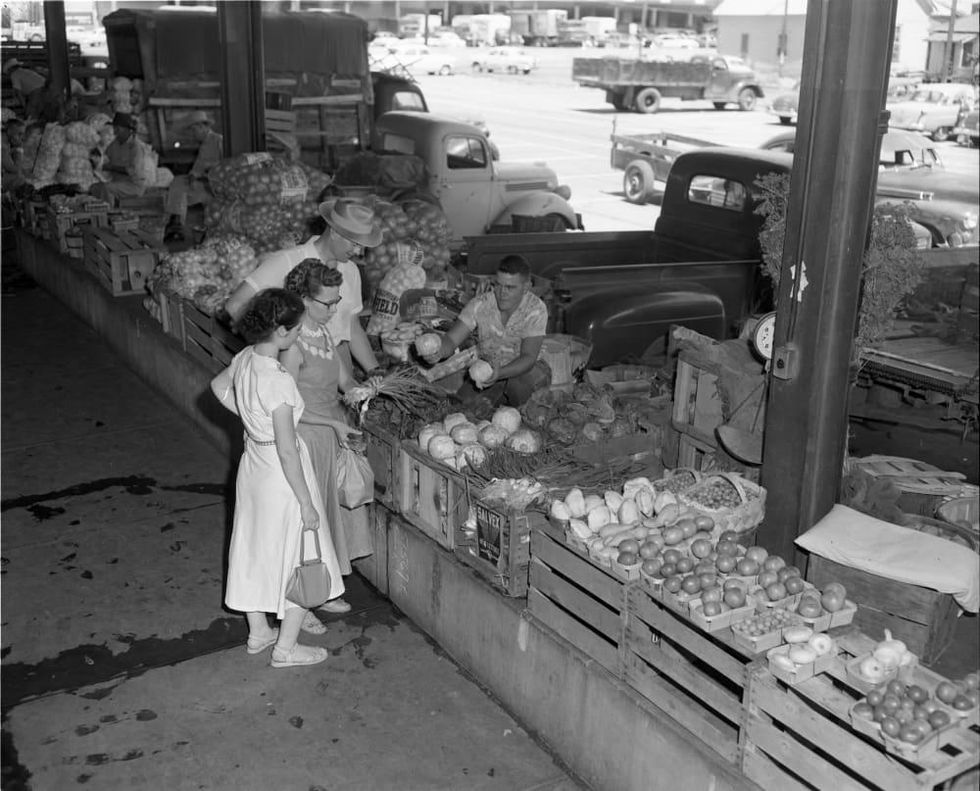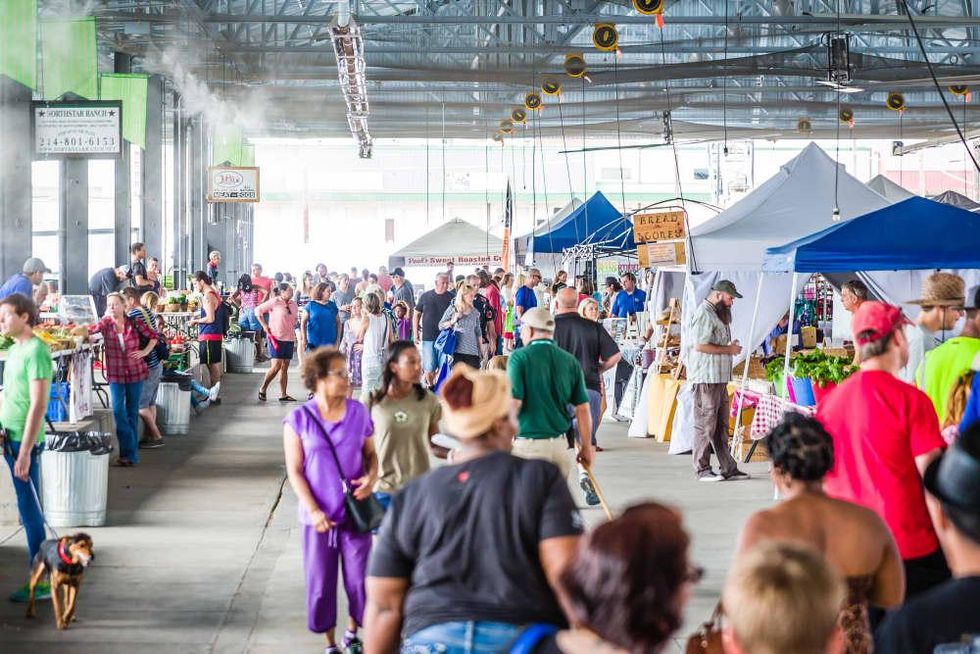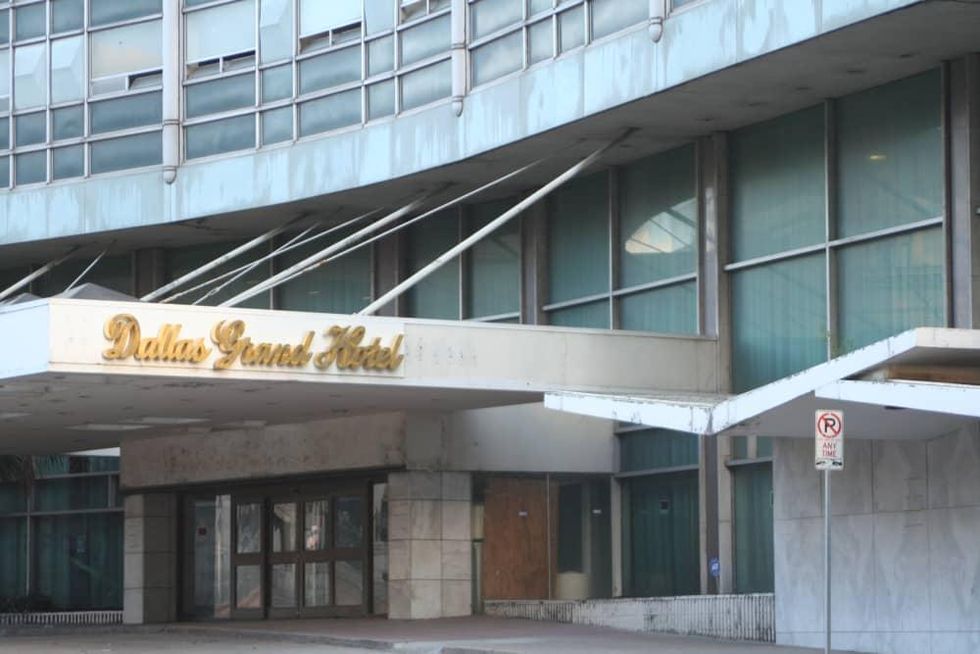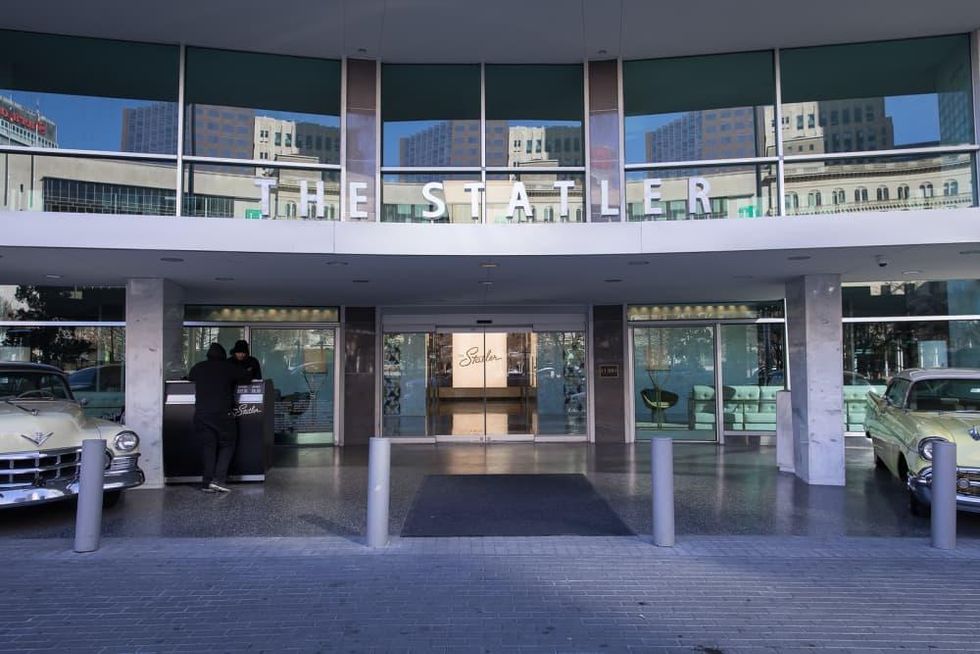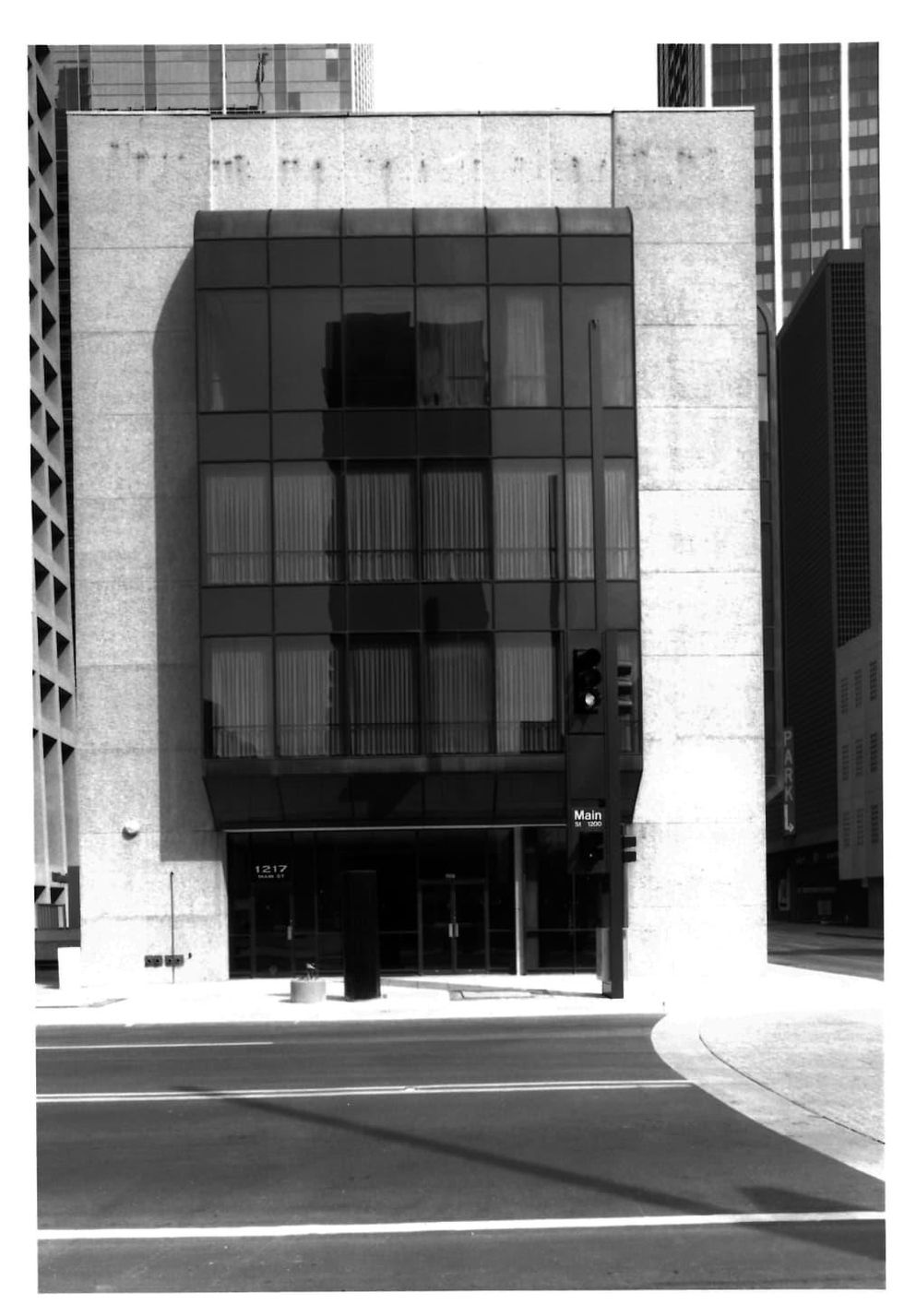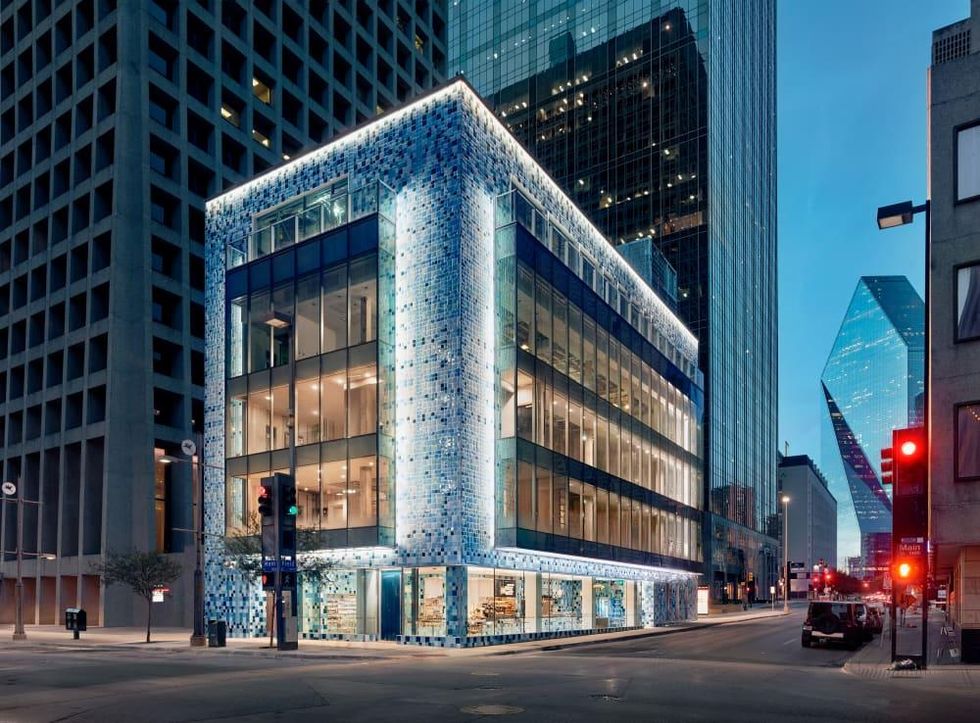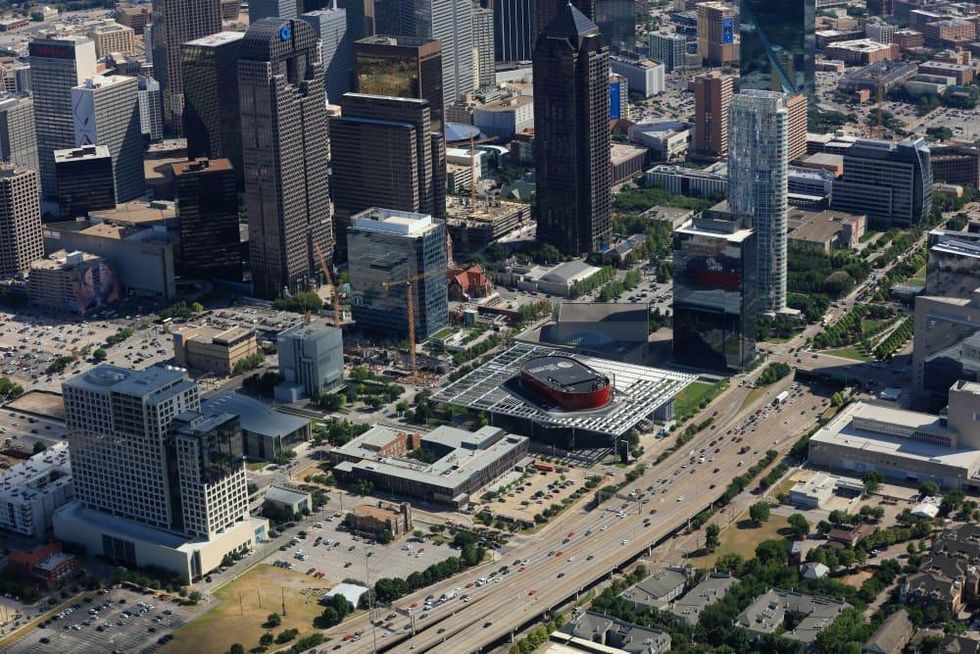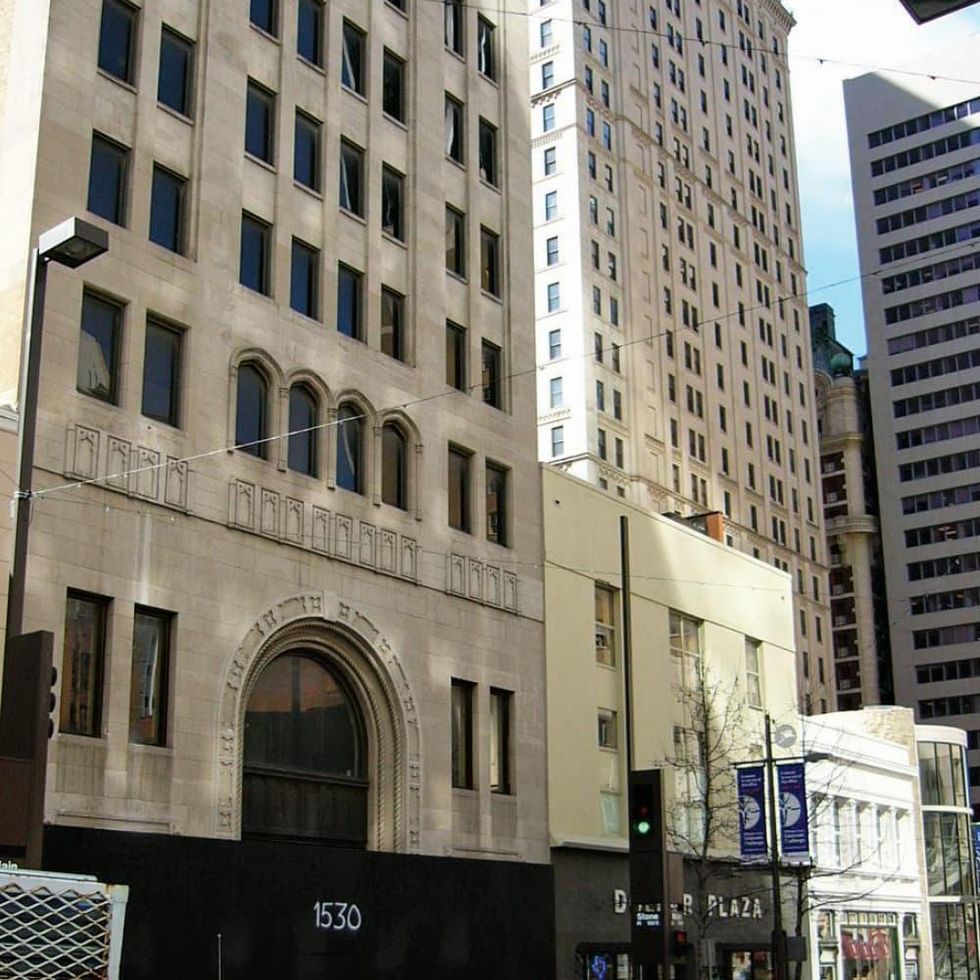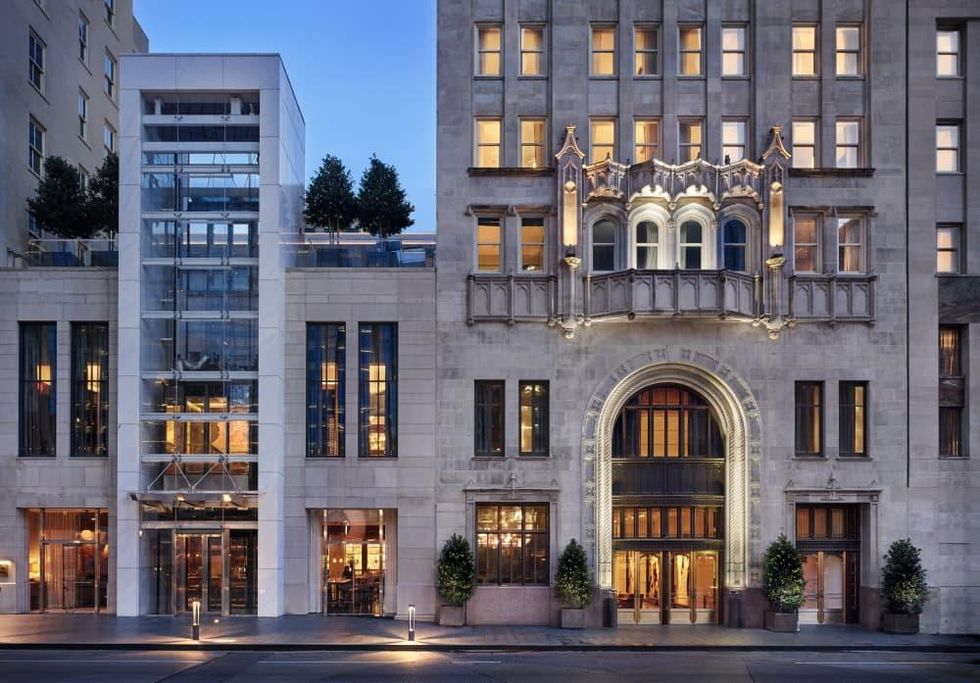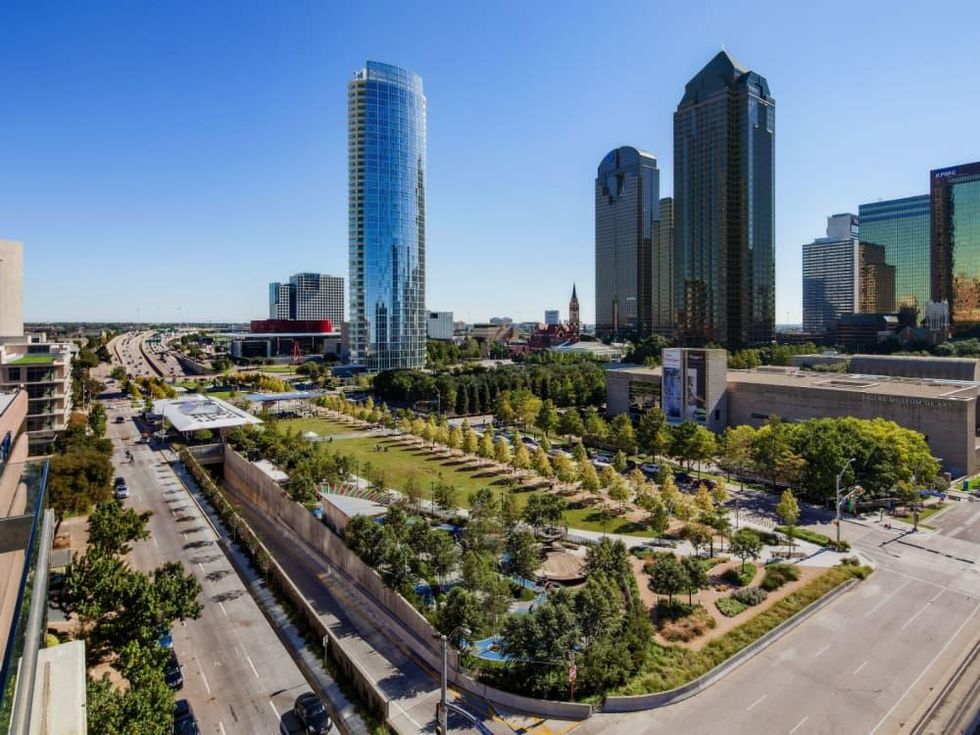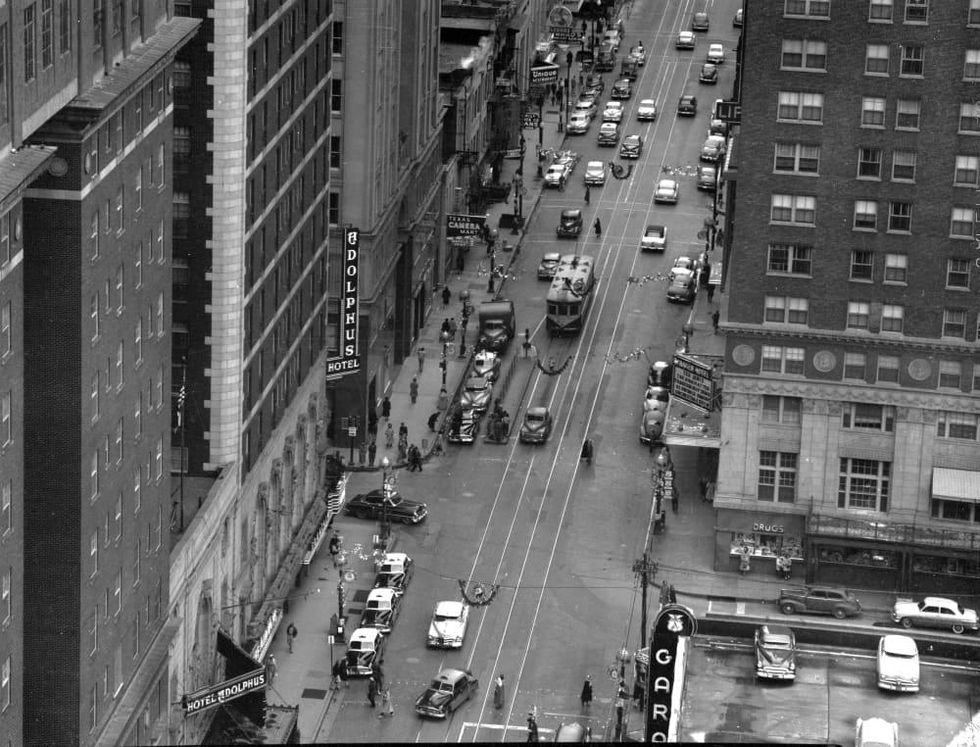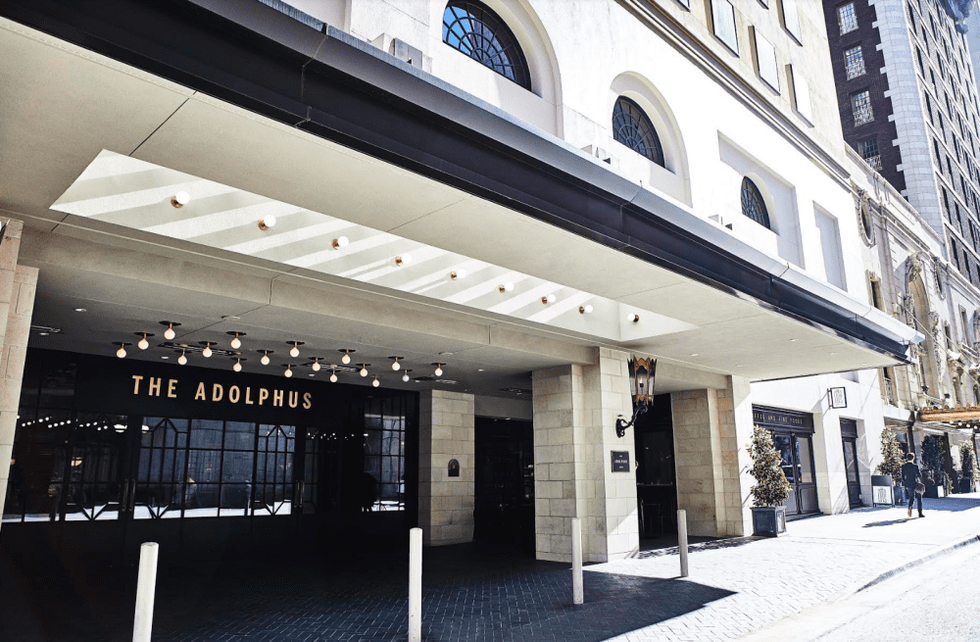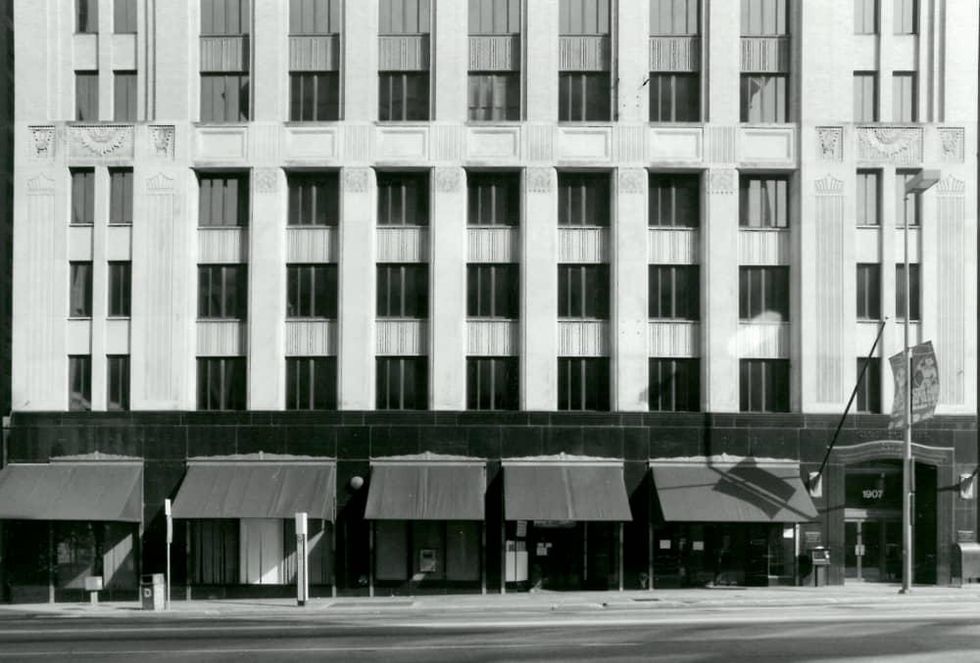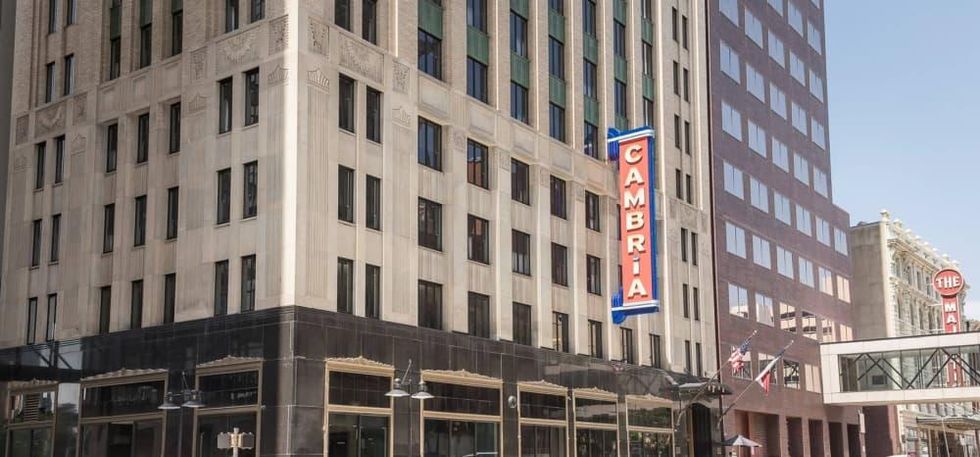Democratic Rep. Jasmine Crockett launched a campaign Monday for the U.S. Senate in Texas, bringing a national profile to a race that may be critical to Democrats’ long-shot hopes of reclaiming a Senate majority in next year’s midterm elections.
Crockett, one of Congress’ most outspoken Democrats and a frequent target of GOP attacks, jumped into the race on the final day of qualifying in Texas. She is seeking the Senate seat held by Republican John Cornyn, who is running for reelection in the GOP-dominated state.
Democrats need a net gain of four Senate seats to wrest control from Republicans next November, when most of the seats up for reelection are in states like Texas that President Donald Trump won last year. Democrats have long hoped to make Texas more competitive after decades of Republican dominance. Cornyn, first elected to the Senate since 2002, is facing the toughest GOP primary of his career against Texas Attorney General Ken Paxton and U.S. Rep. Wesley Hunt.
Crockett’s announcement came hours after former Rep. Colin Allred ended his own campaign for the Democratic nomination in favor of attempting a House comeback bid. She faces a March 3 primary against Democratic state Rep. James Talarico, a former teacher with a rising national profile fueled by viral social media posts challenging Republican policies such as private school vouchers and requiring the Ten Commandments in classrooms.
“It’s going to be a sprint from now until the primary, but in Texas you have to think about the voter base overall in November, too,” said Kamau Marshall, a Democratic consultant who has worked for Allred before and worked on other campaigns in Texas. “Who can do the work on the ground? After the primary, who can win in the general?"
Crockett's style
Talarico raised almost $6.3 million in the three weeks after he formally organized his primary campaign committee in September and had nearly $5 million in cash on hand at the end of the month, campaign finance reports showed. Crockett raised about $2.7 million for her House campaign fund from July through September and ended September with $4.6 million.
Crockett could test Democratic voters’ appetite for a blunt communicator who is eager to take on Republicans as Democrats pursue their first statewide victory in Texas since 1994. She did not issue a statement ahead of a formal announcement of her candidacy Monday afternoon in Dallas.
Republicans were quick Monday to try to turn Crockett's penchant for public clashes with opponents into liabilities. Paxton called her “Crazy Crockett,” and Cornyn described her as “radical, theatrical and ineffective.”
Talarico welcomed Crockett to the Democratic primary but pointed to his fundraising and said he has 10,000 volunteers.
“Our movement is rooted in unity over division,” he said in a statement.
Democrats see their best opportunity to pick up the Texas seat if Paxton wins the Republican nomination because he has been shadowed for much of his career by legal and personal issues. Yet Paxton is popular with Trump’s most ardent supporters.
Hunt, who has served two terms representing a Houston-area district, defied GOP leaders by entering the GOP race.
Viral moments
Crockett, a civil rights attorney serving her second House term, built her national profile with a candid style and viral moments on Capitol Hill. Trump has noticed and called her a “low IQ person.” In response, Crockett said she would agree to take an IQ test against the president.
She traded insults with Republican Rep. Marjorie Taylor Greene of Georgia, who announced last month that she would resign in January, and had heated exchanges with Rep. Nancy Mace of South Carolina.
She also mocked Republican Texas Gov. Greg Abbott — who uses a wheelchair — as “Gov. Hot Wheels.” She later said she was referring to Abbott’s policy of using “planes, trains and automobiles” to send thousands of immigrants in Texas illegally to Democratic-led cities.
Democrats' best showing in a statewide race in the past three decades was in 2018, when former U.S. Rep. Beto O’Rourke came within 3 points of ousting Republican Sen. Ted Cruz. It was the midterm election of Trump’s first administration, and Democrats believe next year’s race could be similarly favorable to their party.
A former professional football player and civil rights attorney, Allred was among Democrats’ star recruits in 2018.
Allred lost to Cruz by 8.5 points last year. He is running for the House in a Dallas-Fort Worth area district under a new map approved this year by the GOP-controlled Texas Legislature to meet Trump's call for more winnable Republican seats. The district has some areas Allred represented for six years before his run for the Senate in 2024.
Primary election
An internal party battle, Allred said, “would prevent the Democratic Party from going into this critical election unified against the danger posed to our communities and our Constitution by Donald Trump and one of his Republican bootlickers.”
Marshall said Crockett is a “solid national figure” who has a large social media following and is a frequent presence on cable news. That could be an advantage with Democratic primary voters, Marshall said, but not necessarily afterward.
Talarico, meanwhile, must raise money and build name recognition to make the leap from the Texas House of Representatives to a strong statewide candidacy, Marshall said.
A winning Democratic candidate in Texas, Marshall said, would have to energize Black voters, mainly in metro Houston and Dallas, win the kind of diverse suburbs and exurbs like those Allred once represented in Congress, and get enough rural votes, especially among Latinos in the Rio Grande Valley.
“It’s about building complicated coalitions in a big state," Marshall said.
